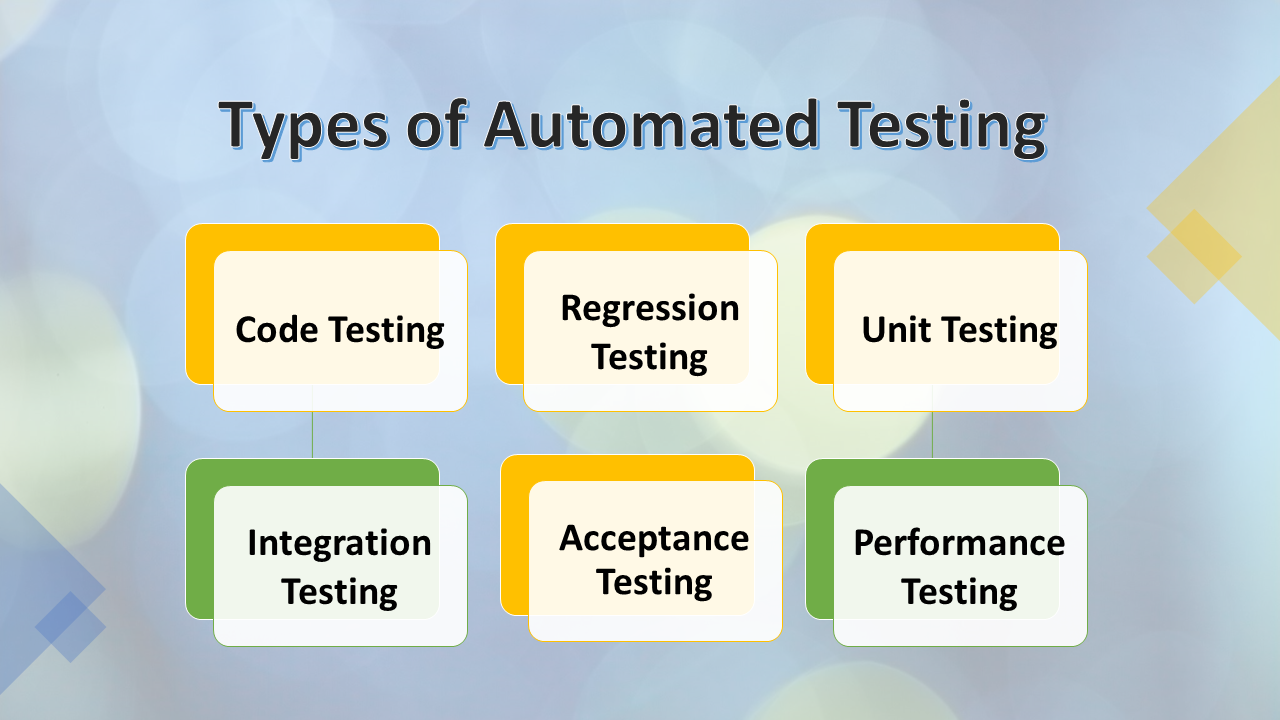Automation Testing: Secret Steps to Improve Development Lifecycles
Automation Testing: Secret Steps to Improve Development Lifecycles
Blog Article
Making Sure Success in Automation Testing: Secret Metrics, Obstacles, and Solutions Every QA Group Must Know
In the realm of software program quality control, the landscape of automation testing is ever-evolving, requiring a thorough approach to make sure smooth operations. Secret metrics serve as the compass guiding QA teams with the vast terrain of test automation, losing light on progression and areas for improvement. Obstacles impend large, typically casting darkness on the course to success. By understanding these obstacles and applying efficient remedies, QA groups can browse through complexities with finesse. The journey to understanding automation screening is led with subtleties that call for an eager eye for surveillance, evaluation, and continuous renovation. automation testing. As the industry pushes ahead, the mission for ideal efficiency in automation screening continues to be a consistent search, prompting QA groups to outfit themselves with the expertise and approaches essential for triumph.
Value of Secret Metrics
Recognizing the value of key metrics is essential for reviewing the performance and effectiveness of automation screening processes. Trick metrics function as quantifiable actions that supply valuable understandings into numerous facets of the testing procedure, such as test protection, test implementation time, issue density, and examination situation performance. By examining these metrics, QA teams can recognize bottlenecks, inefficiencies, and locations for improvement within their automation screening structure.
One critical element of vital metrics is their ability to track progression and monitor the general health of the testing procedure (automation testing). They enable stakeholders to make enlightened decisions based upon data-driven insights, which can cause more effective screening methods and far better resource allotment. Furthermore, key metrics can aid groups established sensible goals, determine the success of automation campaigns, and show the ROI of automation testing efforts

Typical Difficulties Faced
Obstacles commonly experienced in automation screening processes can considerably influence the overall efficiency and effectiveness of QA teams. Automation testing may not cover all aspects of testing, such as usability and user experience testing, which still require manual intervention. Overcoming these obstacles calls for correct preparation, critical examination situation choice, robust maintenance processes, adequate resources, and a clear understanding of the constraints of automation screening.
Reliable Solutions for Difficulties
To deal with the barriers encountered in automation screening, carrying out efficient solutions is important for enhancing the effectiveness and efficiency of QA teams. One vital option is to purchase durable training programs for QA groups to ensure they have the necessary abilities to successfully utilize automation devices. Training can connect knowledge spaces, enhance understanding of automation frameworks, and improve scripting capabilities, inevitably causing more reliable examination creation and implementation.
One more important option is to develop clear interaction networks within the QA group and with other stakeholders, such as developers and job managers. Efficient communication assists in straightening expectations, sharing progression updates, and without delay attending to issues or obstacles that may develop during the automation testing procedure.

Surveillance and Analysis Methods
Applying efficient monitoring and evaluation methods is important for guaranteeing the success and efficiency of automation screening processes. By making use of surveillance tools, QA groups can track the performance of test manuscripts, identify traffic jams, and pinpoint locations for improvement. Real-time surveillance permits quick discovery of click to find out more issues, making it possible for rapid feedback and resolution. Furthermore, assessing test outcomes and metrics offers beneficial insights right into the quality of the software program being evaluated and the effectiveness of the screening strategy.
One key method in monitoring and analysis is making use of control panels that combine pertinent metrics and KPIs in an aesthetically available style. These control panels offer an extensive introduction of examination implementation standing, examination coverage, problem patterns, and various other critical information. On a regular basis evaluating and examining these control panels can aid QA groups make educated choices, focus on jobs, and maximize screening efforts.
Furthermore, carrying out automated notifies and alerts based on predefined thresholds can improve positive surveillance and prompt intervention. By setting up alerts for efficiency deviations or test failings, groups can attend to problems immediately and avoid them from intensifying. In general, monitoring and analysis strategies play an essential function in making sure the performance and success of automation screening efforts.
Continuous Improvement Approaches
Enhancing the efficiency of automation testing procedures necessitates the regular refinement of strategies and methods. One key technique to boosting automation testing procedures is to carry out routine testimonials and retrospectives.

Final Thought
In conclusion, it is critical for QA teams to comprehend the essential metrics, obstacles, and options in automation testing to make sure success. By thoroughly monitoring and assessing data, applying efficient Visit Your URL solutions to typical challenges, and constantly boosting methods, QA groups can enhance their screening processes and provide high-quality software program products. Complying with these techniques will ultimately cause more effective and reliable automation screening methods.
By assessing these metrics, QA teams can determine traffic jams, inefficiencies, and locations for renovation within Website their automation screening framework.
Furthermore, vital metrics can help teams set practical objectives, measure the success of automation efforts, and show the ROI of automation testing efforts.
Obstacles commonly come across in automation testing procedures can considerably influence the total performance and effectiveness of QA teams. Automation testing might not cover all elements of screening, such as use and customer experience screening, which still call for manual intervention.In conclusion, it is essential for QA groups to recognize the key metrics, challenges, and services in automation testing to make sure success.
Report this page